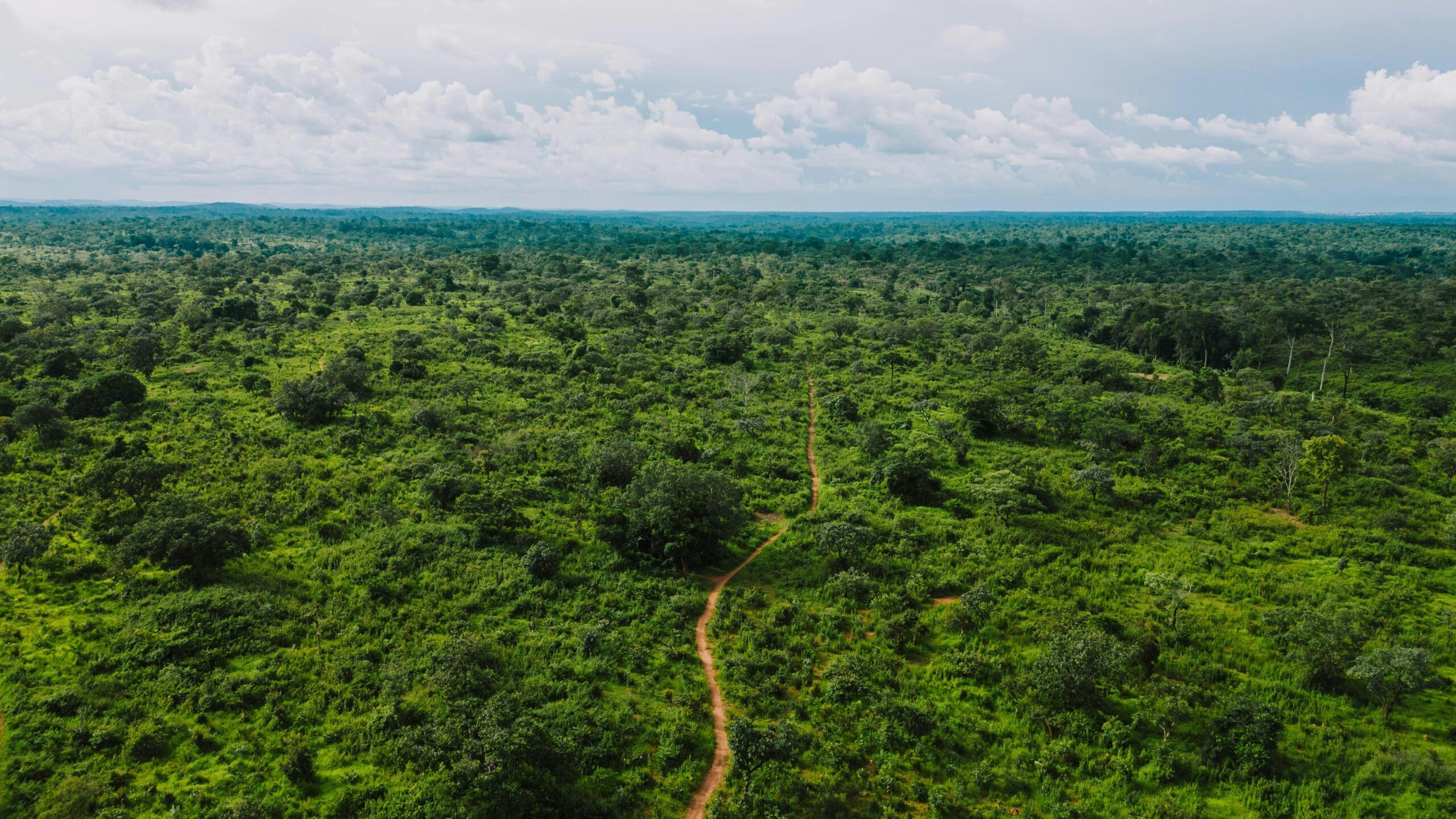
The Congo Basin | Five Rainforest Facts
The Congo rainforest is the second largest rainforest in the world.
Yet it’s larger and more well-known cousin, the Amazon, tends to steal the show when it comes to rainforest trivia.
We figured it’s time to change that and have put together five key facts about this impressive tropical biome. Because the Congo rainforest plays just as vital a role in our planet’s health.
And the more we understand rainforests, the better we can all work together to protect them.
The Congo rainforest is 300 million hectares in size.
That’s roughly the same size of India! Even when compared to the Amazon rainforest (which is 800 million hectares in size), it’s still pretty big.
There are six countries in Africa that have extensive Congo rainforest cover: Cameroon, the Central African Republic, the Republic of Congo, the Democratic Republic of Congo (DRC), Equatorial Guinea and Gabon.
Some neighbouring countries also have some of their territory in the Congo basin. The map below shows the vast area that is covered by the Congo rainforest.
Sources: Greenpeace and World Resources Institute
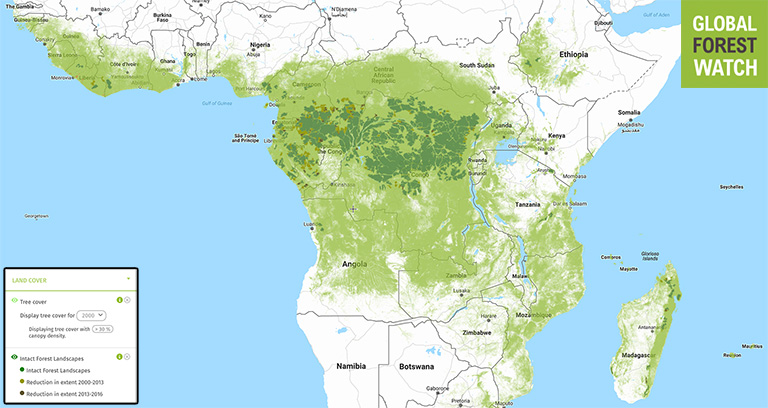
20% of the world’s living species live in the Congo Basin.
1 in 5 of all of Earth’s living species live in the Congo rainforest. This includes at least 400 mammal species, 1,000 species of birds, and 700 species of fish.
Among them, some of the most iconic mammals like forest elephants, bonobos, gorillas, chimpanzees and leopards, can all be found in the Congo rainforest.
Source: World Wildlife Fund
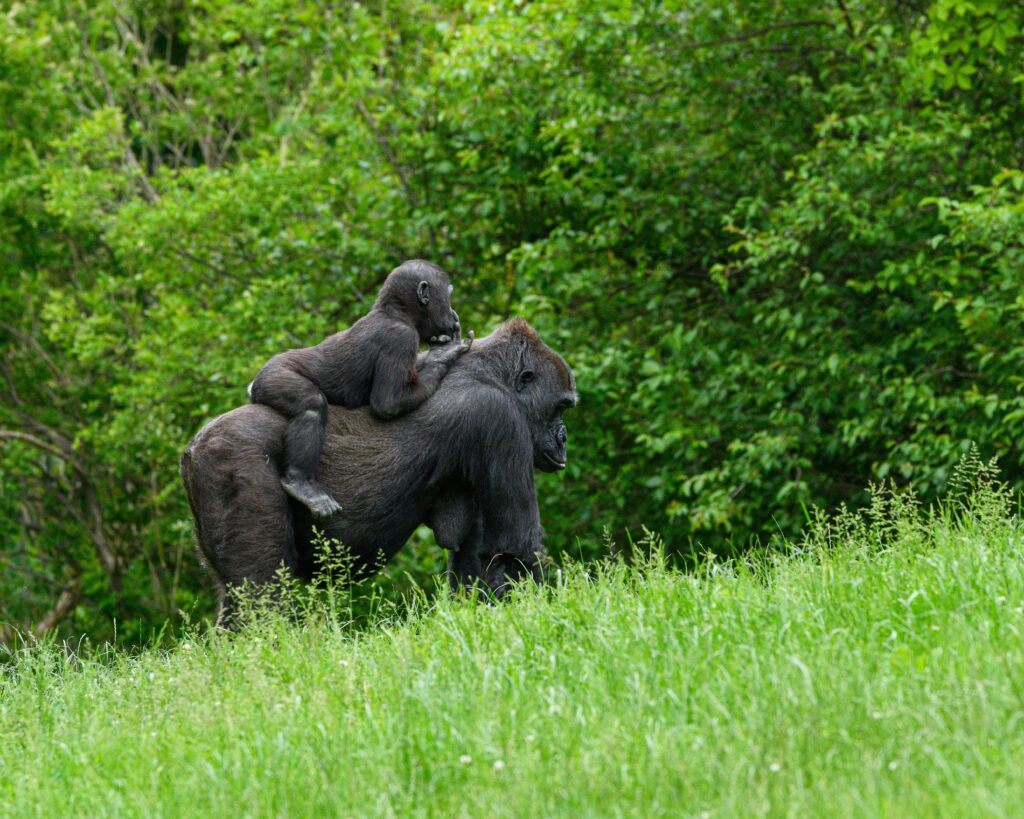
The Congo rainforest is the world’s most vital rainforest carbon sink.
The Congo rainforest stores 32 billion (yes, billion) tonnes of carbon in trees and plants.
Scientists discovered that there are vast peatlands beneath the forest which contain and store all this carbon, making it the most vital rainforest carbon sink.
That means that the forest absorbs more CO2 than even the Amazon rainforest.
Source: Global Witness
60 million people rely directly on the Congo rainforest for food, medicine, materials and shelter.
We work with lots of communities who live in and around the Congo rainforest. Many of these Indigenous communities have lived in the rainforest for centuries and are deeply connected to its ecosystem.
They have an abundance of knowledge of the forest and know what it takes to protect it. The key to protecting the rainforest is to support the people that live there.
Source: World Wildlife Fund
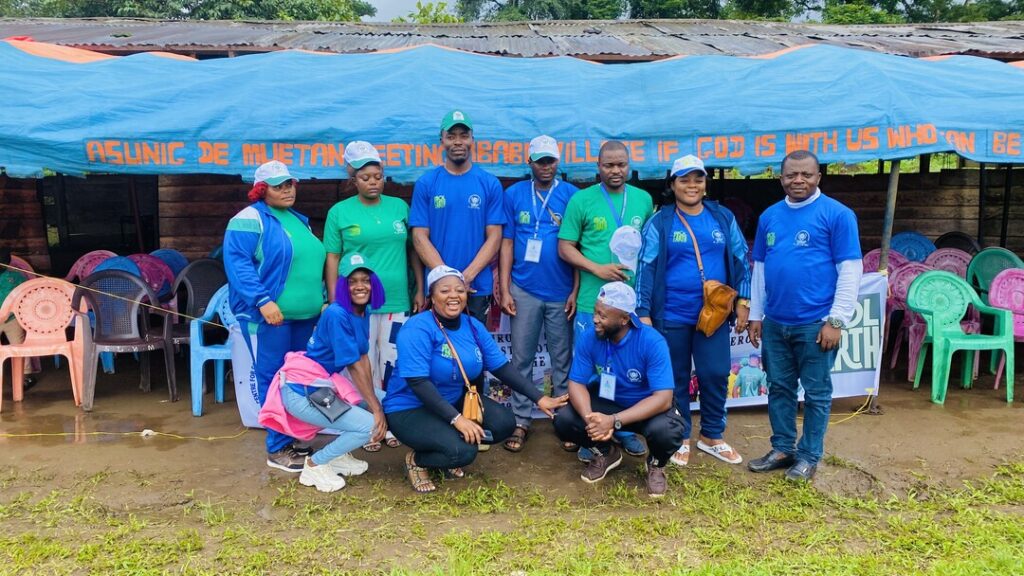
The Congo rainforest faces severe threats.
Companies have long set their sights on exploiting the natural resources of the Congo rainforest. Whether that’s logging trees, creating industrial plantations for products like palm oil, gold mining, or the poaching of wild animals.
Now, the ongoing hunger for oil and the growing demand for minerals used in technology, mean that more and more of the rainforest is at risk of destruction.
In fact, more than a quarter of the region’s intact forests now overlap with mining permits.
Source: Global Witness
But together, we can protect the Congo.
We’ve supported communities in the Congo rainforest for many years. Like in Mount Muanenguba, in South West Cameroon.
Historically, conservation efforts here have involved displacing and excluding people from their rainforest homes. But with your support we operate differently, to ensure no one is forced to leave.
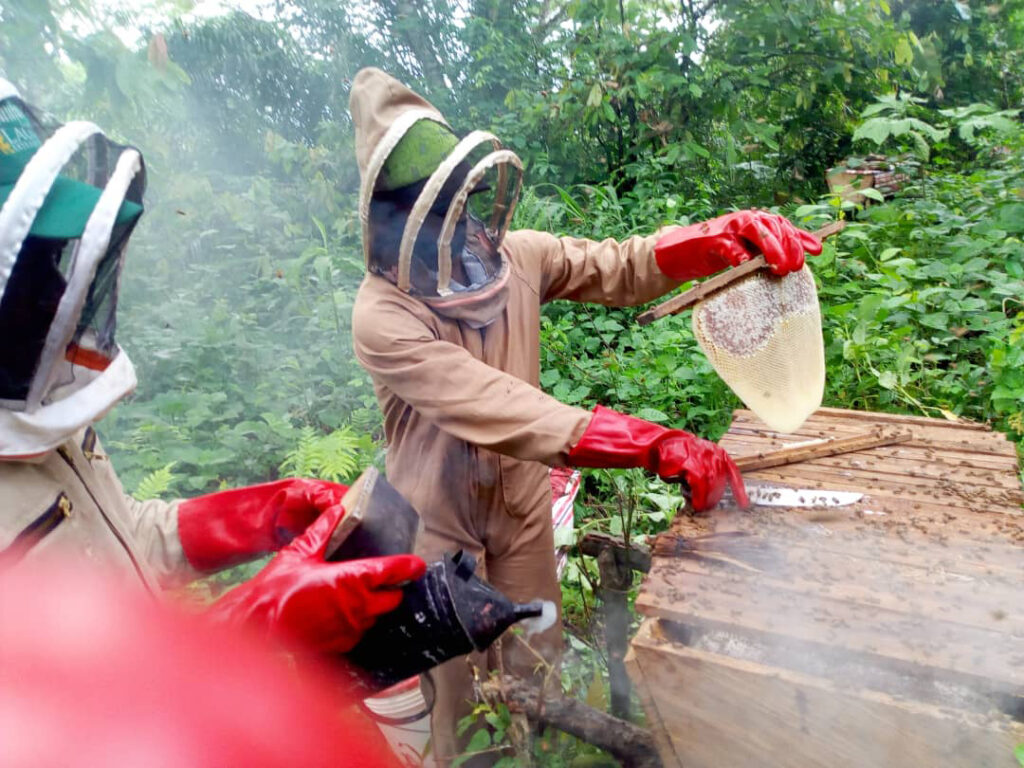
We fund projects in the Congo rainforest, including beekeeping, solar panel installations and knowledge sharing workshops. It all helps communities stay rooted and able to continue protecting their rainforest using their traditional expertise.
You can learn more about our work in the Congo rainforest and how we’re supporting communities living there. And if you’d like to help us deliver more support to communities in the rainforest, you can donate today.